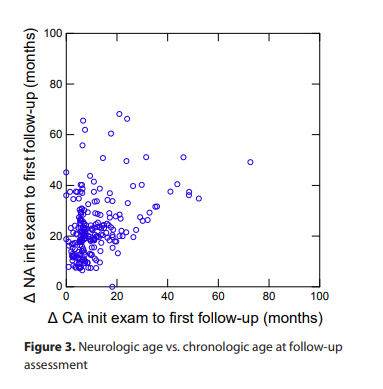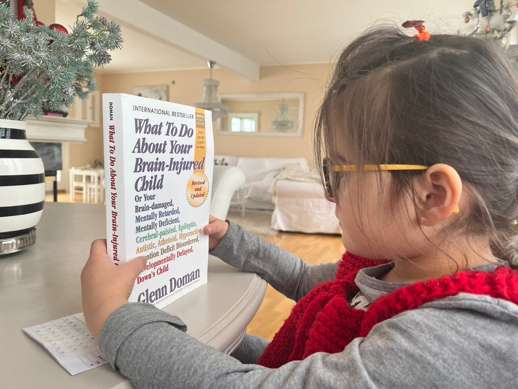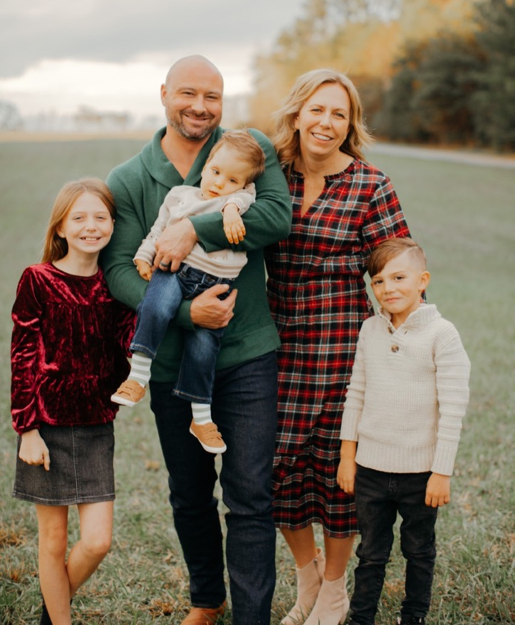Running: The Crowning Achievement in Mobility
Results: The only thing that matters in the world of hurt kids
At birth a newborn baby is immobile: the baby can move his arms and legs freely but cannot move forward. This is the first stage and at this point the baby is essentially immobile.
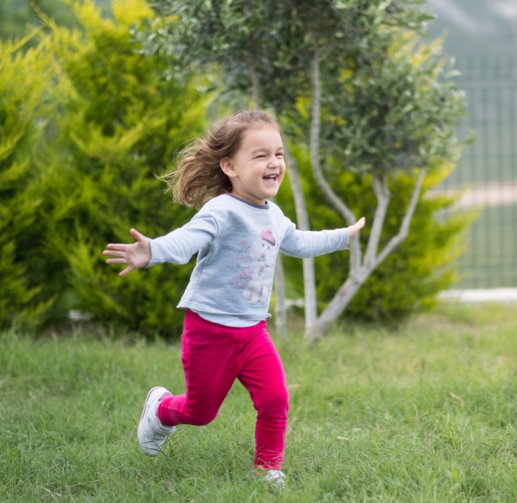
As the baby has more opportunity on his belly on the floor the baby moves his arms and legs more. The more he does so, the better he gets. When a baby begins to move forward this is the beginning of crawling and it is a very important stage in the baby’s development.
Once the baby has done enough crawling, he is now ready to push up on his hands and knees, defy gravity for the first time and creep. Now he will creep everywhere and each day the creeping distances increase. This is time well spent because it is the fundamental preparation for the single most important stage of mobility for human beings – walking.
Once walking becomes secure and the young child’s balance has developed through much opportunity to adventure through different and varied terrains the child will begin to walk faster. As he becomes more coordinated, and his balance is even better he will begin to try and run. Fast walking is not running he must be able to have both feet off the ground at the same time to be running. Quite a miraculous feat that is usually accomplished in the first 36 months of life.

Ana completes ¼ mile swim, 10 k of biking and 3 mile run – this is physical superiority
Injury to the brain either before, during or after delivery can result in very significant problems in walking or running. This is because of injury to the motor pathway. It is not caused by injury to the arms and legs.
Appropriate sensory stimulation and motor opportunity are the answer when the motor pathway is in trouble.
When the child is provided with appropriate sensory stimulation with increased frequency, intensity, and duration in recognition of the orderly way in which the brain develops and then given ample opportunity to move, that pathway will grow.
The following children either could not run at all or ran very poorly for their age when they began their journey on a pathway to wellness. Even though they began far behind their peers with intellectual, physical, and physiological problems, the goal for each of them was physical superiority.
Pablo

Pablo is from Nicaragua. At 18 months he had 4 immunizations on the same day. After that, he stopped progressing and lost some functions he had gained. He was diagnosed with autism. When he was 6 years old, his parents attended the What To Do About Your Brain-injured Child course. He could not run at that time. Two years later he had the first visit at The Institutes. He could only run for a very short distance.

Six months later, he was running 1.7 km and achieved a Running Victory. He can also brachiate independently and does intermediate level gymnastics.
Matias

Matias is from Colombia. When Matias is 2 years old, grandmother noticed he had little interaction with other children. He had little eye contact, didn’t speak, and did not even respond to his name. Later he was diagnosed as autistic. When he was four, his parents attended the What To Do About Your Brain-injured Child course. At that time, he walked on tiptoes and could not run more than a short distance. After 12 months of the home program, he was able to walk 1.6 km and was running 100 meters. He achieved a running victory.

Each of these children had significant mobility problems. When parents have a child who physical problems sometimes, they are told this cannot be changed and that it may be permanent. Now each of these children, not only run well but some have achieved physical superiority. They can explore the world around them safely and independently and enjoy that world. The quality of their lives has changed immeasurably for the better.
These results were brought about by the efforts of each family. Mother and Father, brothers and sisters and the child – all working together to give each child a fighting chance for a much better life.
Benjamin

Benjamin is from Brasil. As a baby he was diagnosed with cerebral palsy. When Benjamin was 42 months old, Benjamin could walk but he tended to walk on his tiptoes. He held his arms up at shoulder level. He tripped easily when he walked on uneven terrain. At this time his parents attended the What To Do About Your Brain-injured Child course. He started on a home program of stimulation and opportunity. One year later his walking was greatly improved, and he could run 300 meters nonstop. He was awarded a running victory. Now he is a runner and, even though he is not yet five years old, he also enjoys reading.
Nicolas

Nicolas is from United States. He was diagnosed with cerebral palsy and was labeled mentally deficient. At age 6, he could not run spontaneously. His parents needed to run next to him and keep him moving. He got tired quickly. His parents attended the What To Do About Your Brain-injured Child course. They accomplished a home program for the next 2 years. By the time he was 9 years old, he could run 1.5 kilometers in 18 minutes. His coordination, and stamina were significantly improved. He was awarded a Running Victory. Now he is a speed reader at his age level and his understanding is equal to his peers or above.
Amelia

Amelia is from United States. She was diagnosed as “Trainable and Educable”. When Amelia was 6 years old, she could run only a short distance and she could not hop well. She had 600 words of speech. Her parents attended the What To Do About Your Brain-injured Child course. One year later, she could run 600 meters nonstop, and she could hop. She received a running victory. Her language has exploded. Now her understanding is at age level. She enjoys reading in English and Mongolian and she is beginning to write.
The quality of life is immeasurably changed for the better.
Each of these children had significant mobility and intellectual problems. Sometimes parents are told when a child’s development is slow that this cannot be changed, and it may be permanent. Now each of these children is not only walking normally but they have become real runners. They can walk and run easily and explore the world around them safely and enjoy that world. The quality of their lives has changed immeasurably for the better.
The Family is the Answer
These results were brought about by the efforts of each family. Mother and father, brothers and sisters and the child – all working together to give each child a fighting chance for a much better life.
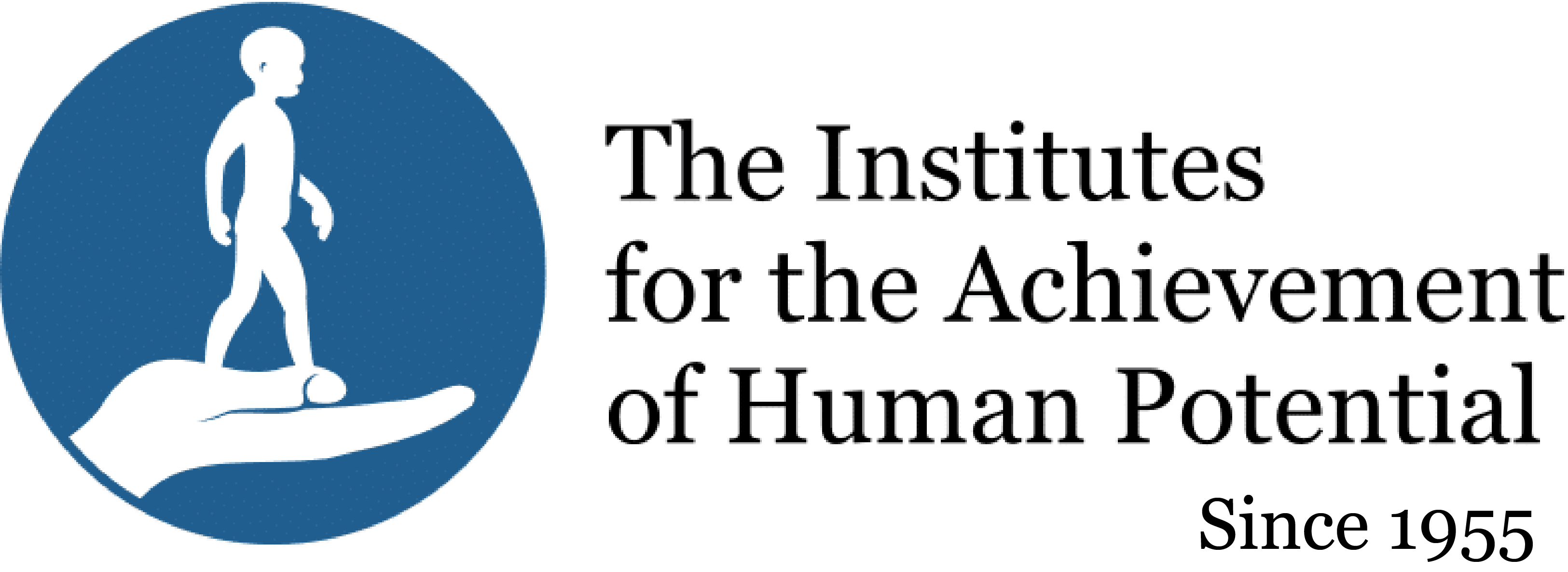
 Donate
Donate


